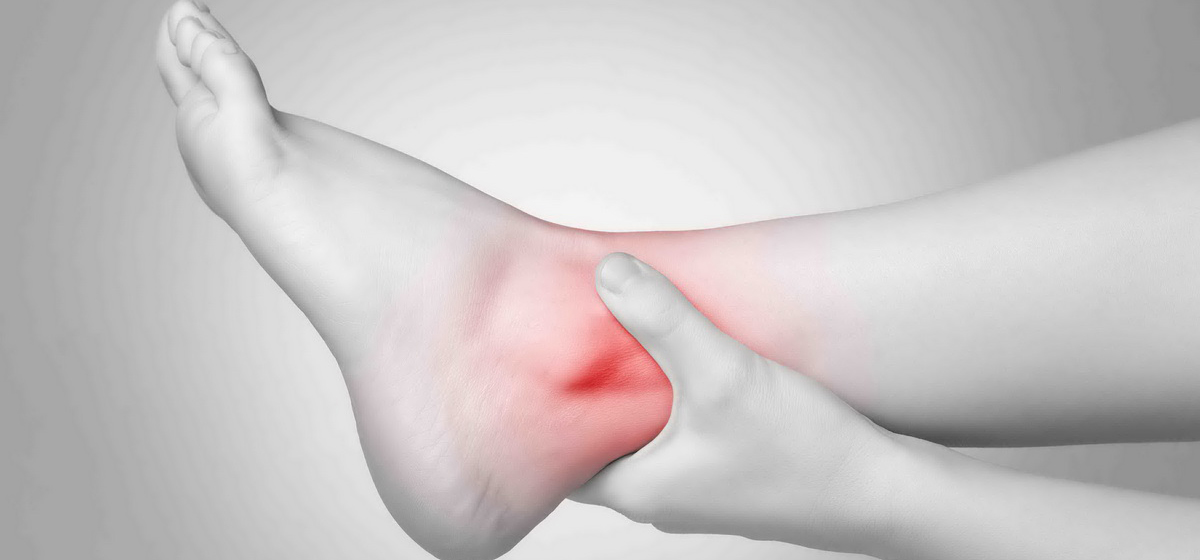Even though leg swelling can occur because of increased salt consumption and prolonged standing, it is a quite dangerous issue that can be caused by certain medical conditions. It is essential to understand that any symptom in your body doesn’t occur groundlessly.
That’s why you should pay attention to your overall health and always monitor your condition. In this article, we have gathered eight common conditions that can cause leg swelling you need to be aware of.
1. Edema
Edema is a fluid buildup that occurs when your tissues accumulate a lot of fluids. Thesis condition can occur when you have spent a lot of time on your feet. Gravitation makes the fluids gather in your lower extremities.
However, edema can also develop as a result of a lack of physical activity or excessive weight. People who maintain a sedentary lifestyle are more prone to fluid buildup. If you have noticed that your legs are swollen, try to exercise and monitor your weight to ease this condition.
2. Deep vein thrombosis
Deep vein thrombosis (DVT) is a life-threatening issue that can cause a pulmonary embolism. It means that you have a blood clot in your legs that causes swelling. People with DVT usually have only one swollen leg.
The main problem is that this blood clot can break off and travel to your lung. This can lead to pulmonary embolism that is a dangerous issue. The blood clot can block the blood flow. As a result, your lungs and other organs can be damaged.
3. Kidney disease
Kidney disease is a condition that occurs when your kidneys don’t work properly. This results in a fluid buildup in your extremities. In addition to the swelling, kidney disease usually causes shortness of breath, fatigue, and nausea.
If you have noticed at least some of these symptoms, visit your healthcare provider as soon as possible to avoid serious complications. Without proper treatment, kidney disease can become chronic and cause high blood pressure, nausea, vomiting, urination issues, and other severe symptoms.
4. Varicose veins
Many people with varicose veins don’t experience any discomfort or other symptoms at the initial stages of the disease and consider this condition a cosmetic issue. However, when varicose veins become advanced, they can cause a lot of unpleasant symptoms like:
- Swelling
- Pain
- Skin discoloration
- Cracks and sores
- Heaviness
If left untreated, varicose veins can burst and cause heavy bleeding. It is essential to visit a varicose vein center for precise treatment if you experience disturbing symptoms of this condition.
5. Pregnancy
Leg and foot swelling during pregnancy is an extremely common issue, especially in the third trimester. Due to the increased weight of the fetus and belly, the blood circulation in your legs decreases that causes fluid accumulation.
Even though mild swelling can be considered normal, severe swelling that is accompanied by other symptoms should be evaluated by your doctor. Additionally, leg swelling during pregnancy can be a sign of peripartum cardiomyopathy (heart failure).
6. Arthritis
Arthritis is a joint inflammation that causes severe pain and swelling. There are a lot of arthritis types that can defer in symptoms but most of them are linked to leg swelling. This condition can occur in one or several joints throughout the body.
Unfortunately, there is no complete cure for arthritis. Treatment options for arthritis are aimed at relieving its symptoms and prevent the progression of this condition. The most common of them include medications, physical therapy, surgery, and lifestyle changes.
7. Congestive heart failure
Congestive heart failure is a condition in which your heart works less effectively than it should. It means that the blood moves slower throughout your body. As a result, your organs receive not enough oxygen and other necessary nutrients. Congestive heart failure can affect the kidneys. They fail to remove the excessive fluids from your body and the swelling occurs.
The most common symptoms of congestive heart failure include fatigue, irregular heartbeat, shortness of breath, and leg swelling. To treat this condition you should consume less salt, limit fluid intake, and take medications. Surgical treatment can also be used in advanced cases of congestive heart failure.
8. Cellulitis
Cellulitis is a common leg infection that can mostly affect lower legs. It usually causes painful sensations, swelling, skin redness, rash, fever, and abscess with pus. If left untreated, cellulitis can lead to fatigue, dizziness, and muscle pain.
Antibiotics intake is deemed the most effective treatment option for cellulitis. It is also important to have sufficient rest and elevate the affected leg to reduce swelling. If the infection doesn’t disappear after medications, surgical treatment can be the only effective option.
The bottom line
It is important to understand that leg swelling can interfere with your daily activities and cause significant discomfort. Fortunately, there are a lot of treatment options that can help you ease swelling and improve your condition. You should follow the doctor’s recommendations and pay additional attention to your well-being if you have some health issues.







































No Comments